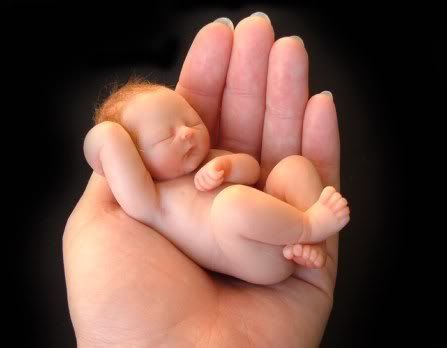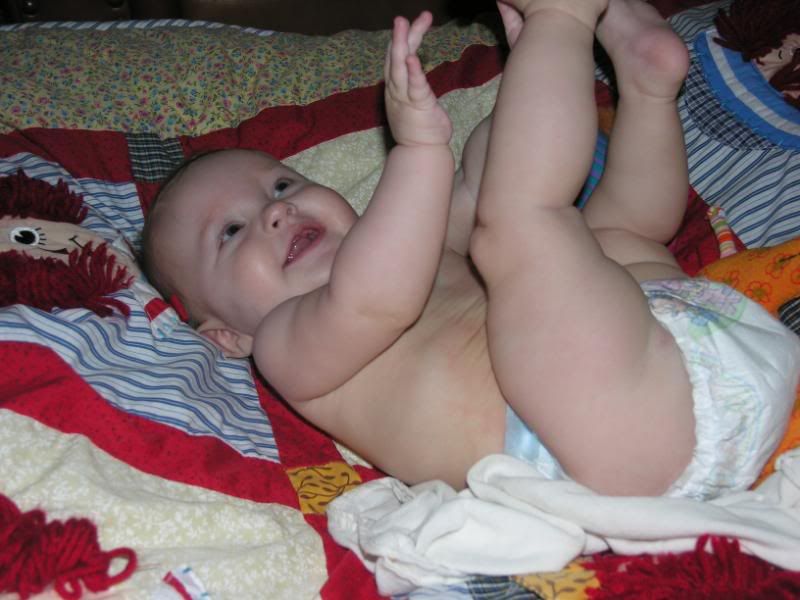
Mentally
Be prepared for the amount of time that breastfeeding will take, but be assured that it's time well spent. (A newborn may feed every two to three hours, and each feeding can take up to 40 to 50 minutes or as little as 10 - 15 minutes per side.)
Your baby will benefit from this bonding time as much as from the perfect balance of nutrients he gets for his growing body.
Be proud of your changing body and the fact that you're able to produce food for your baby.
Breast care
Wash your breasts as you normally would during your regular shower or bath, using a mild, nondrying soap.
Use pure lanolin (Lansinoh) instead of scented lotions if you develop sore or cracked nipples once you begin breastfeeding.
If you have inverted nipples, contact a lactation consultant through your physician. Experts there can remedy the problem or provide suggestions to help you overcome any difficulties.
Back care
When you breastfeed, sit in a chair that provides good back support and has arm rests so you can comfortably sit up straight. For added comfort, elevate your feet on a footstool and use a Nursing Pillow. You can also use a nursing pillow which will bring your baby closer to you. I used this after my c-section, and it was a Godsend! It has now become Christian's favorite pillow!
Tone your back with upper-body bends, gentle forward bends, back presses and trunk twists. (Before beginning any exercise program, check with your doctor.) As your baby grows bigger, you'll find that carrying him will require strong and flexible back muscles.
Wear a nursing bra that provides plenty of support and is comfortable. While some may seem a little pricey, remember, it is the support that is needed! My bra size went from 38DD to 42DD, and that support is needed. Also, the right nursing bra can make all the difference in the world in helping when trying to nurse discreetly! ;)
Nutritionally
A lactating mom needs about 500 more calories per day than a nonlactating mom. That's even more calories than you needed during your pregnancy!
Eat a balanced diet from all of the food groups and make your calories count by eating high-quality, nutrient-rich foods. You need plenty of nutrients to help your body repair muscle and tissue, keep your skin healthy, strengthen your immune system, and maintain your energy.
Eat well to stay healthy. During lactation, your body first uses whatever nutrients are necessary to make breastmilk. So even if your diet isn't perfect, your breastmilk still will be completely nutritious. Although your baby will get a balanced diet even if you don't, she needs more than nutrients. She needs a healthy mom, too.
Don't worry about losing weight. Most breastfeeding moms' bodies don't allow them to lose those last 10 to 15 pounds because these fat stores are needed for nursing. Instead, concentrate on eating right and getting enough exercise to help you slowly get back to your prepregnancy weight.
Good-eating tip
A breastfeeding mom needs 1,200 milligrams (mg) of calcium each day. The obvious sources are milk (300 mg per cup) and cheese (150 to 200 mg per ounce, except for cream cheese and cottage cheese), but for a little variety, try these ideas:
Thicken soups and sauces with evaporated skim milk. It has more than twice the calcium of regular skim milk.
Add several tablespoons of nonfat dry milk powder to skim milk to increase the calcium content without increasing the fat. Each tablespoon adds 50 mg of calcium. Also add nonfat dry milk powder to soups, fruit smoothies, puddings and hot cereals.
Dark green leafy vegetables
Stack crackers with canned salmon with bones (2 ounces of salmon contain 150 mg of calcium).
Sip a 6-ounce glass of calcium-enriched orange juice (200 mg of calcium).
I purchased this book while I was pregnant, and I got some VERY good ideas, tips and selective menus. The Meat and Potatoes of Breastfeeding. It also made it easier on my husband to help him prepare meals for me in the beginning, when I was devastated by ALL DAY morning sickness - and towards the end of my pregnancy, when the LAST I thing wanted to do was cook anybody's dinner - even for myself!
























